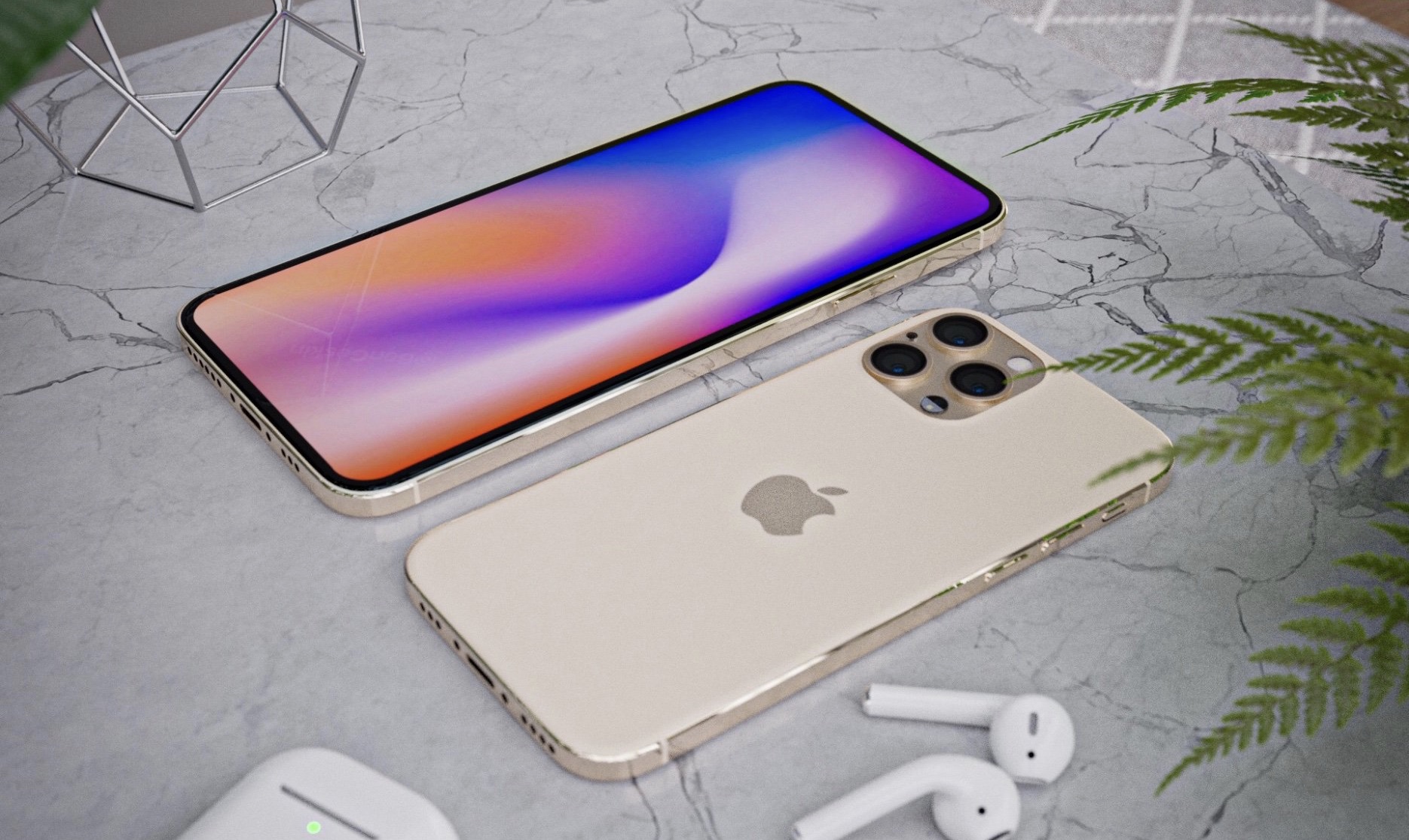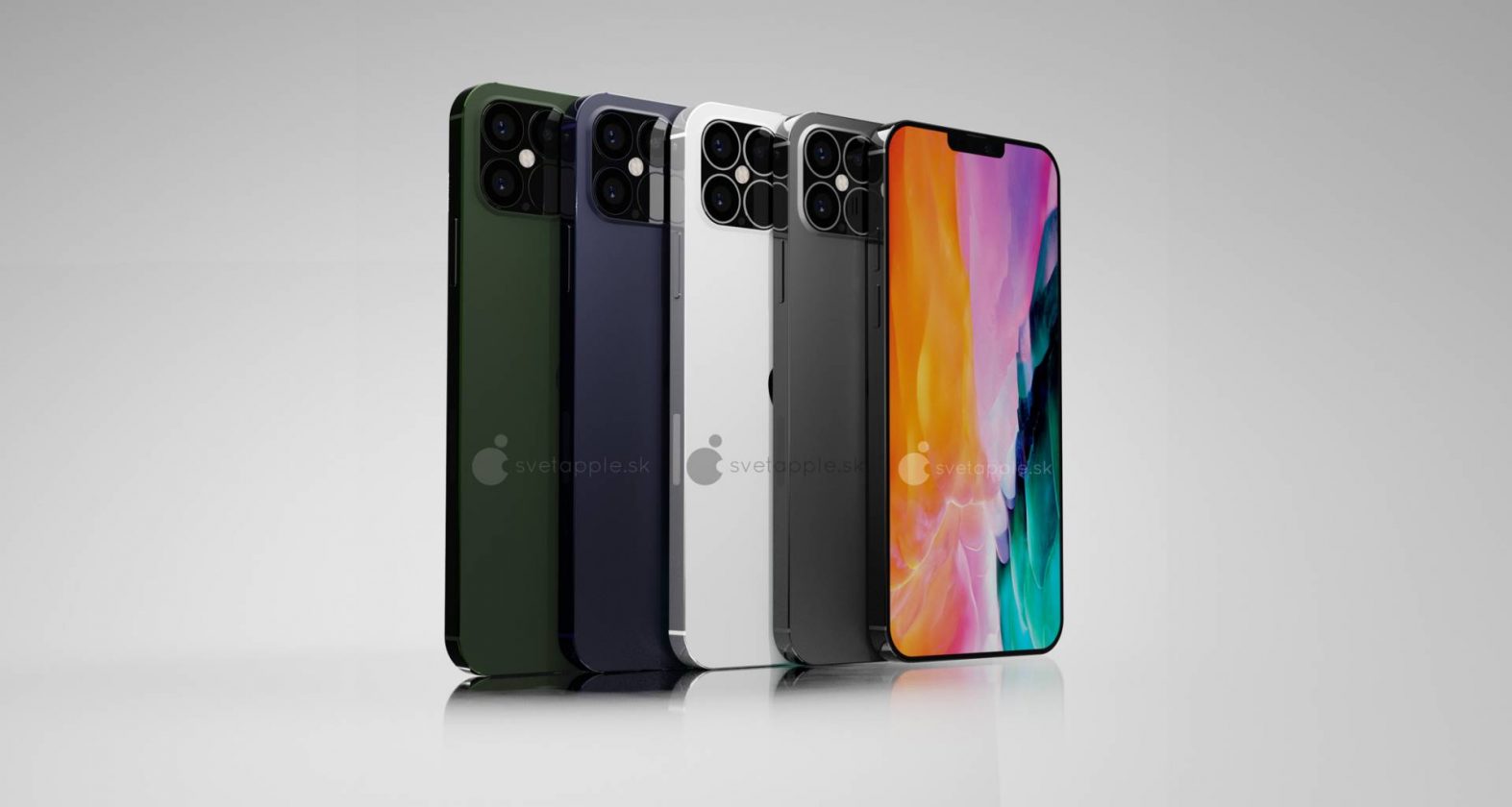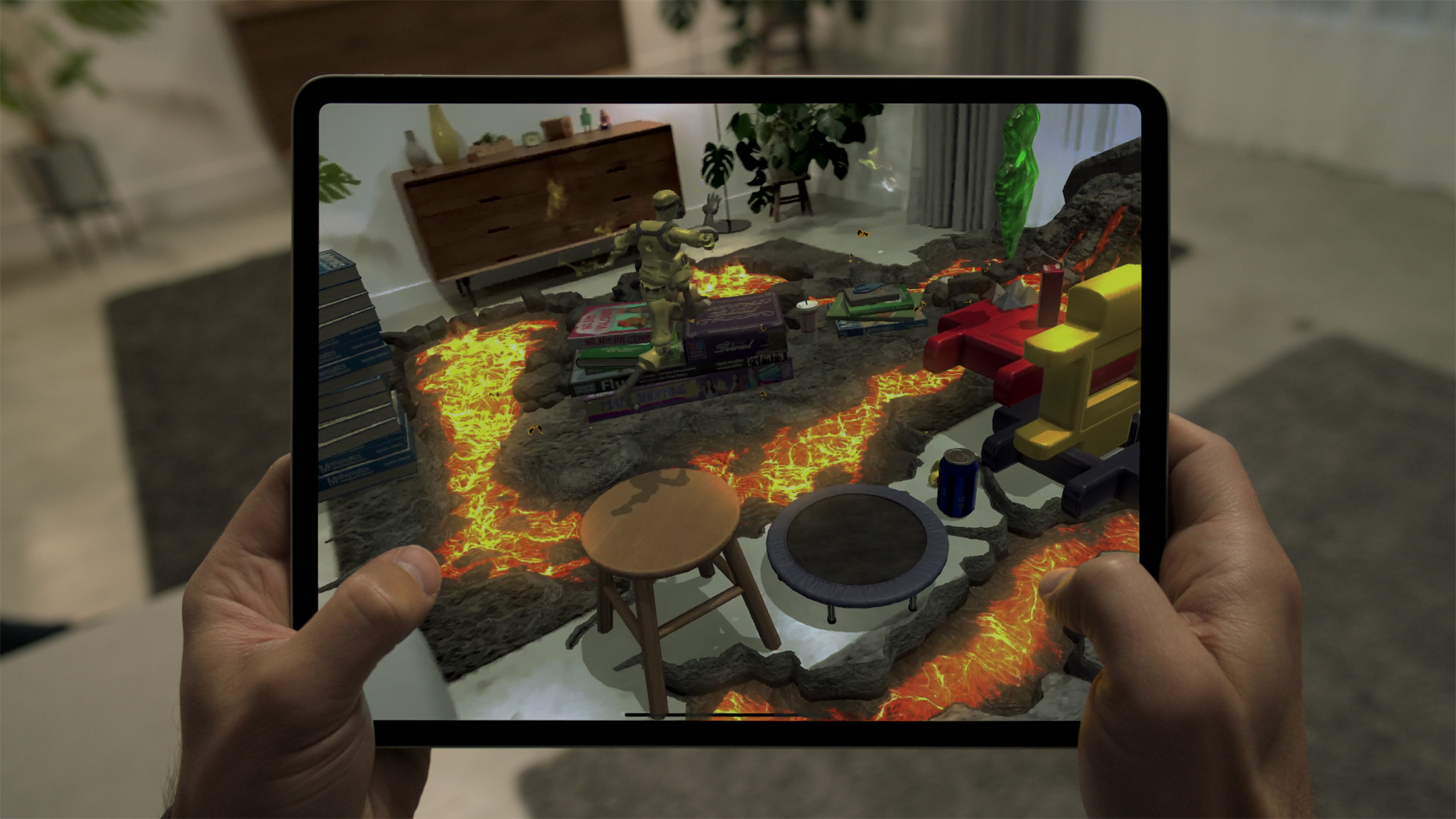iPhone 12 — 5 things it needs for me to upgrade
Here's what the iPhone 12 needs to outshine the iPhone SE and earn my money

Apple just put a lot of pressure on itself with the upcoming iPhone 12 launch. Earning rave reviews, the $399 iPhone SE 2020 is so good that people may question whether expensive smartphones are really necessary. That includes me.
The iPhone SE delivers the A13 Bionic power of the iPhone 11 for $300 less, as well as cameras that rival more expensive flagships. The iPhone SE not only puts cheap Android phones on notice — it puts Apple on notice.
So what can Apple do to justify the expense of the iPhone 12 and make shoppers go the premium route? Based on the leaks and rumors thus far, this is how Apple can get me to trade up.
- The best phones right now
- iPhone SE 2020 review: All the pros and cons
- Just in: iPhone 12 leak reveals killer feature that's a first for Apple
1. Blazing 5G with killer applications
The iPhone SE supports only 4G speeds, which is a trade-off that makes sense for the price. Based on multiple reports, all four new iPhone 12 models should have 5G connectivity. But it won't be enough for Apple to say "check out these 1Gbps download speeds" as others have done.
In a recent Samsung Galaxy S20 ad, Samsung touts some of the applications that benefit from 5G's sheer speed and low latency. These include downloading TV shows "in a heartbeat", playing multiplayer online games, video chat and the ability to watch a concert remotely as if you were in the front row.
Apple will have to push 5G even further with the iPhone 12, introducing apps, games and experiences at launch that tap into the power of these networks to truly capture the imagination of would-be upgraders. Today 5G is about supercharging what we already have; we need to see some true innovation.
2. Killer cameras — with even better Night mode
The iPhone SE is a remarkably good camera phone for the price, as it offers Portrait mode for the rear and front cameras, as well as Smart HDR for bringing out highlights in pics and extended dynamic range in 4K video. But the iPhone SE lacks the Night Mode in the iPhone 11, which lets you capture photos in near darkness.
Sign up to get the BEST of Tom's Guide direct to your inbox.
Get instant access to breaking news, the hottest reviews, great deals and helpful tips.
Check out the above photo taken at night with the iPhone SE and iPhone 11 Pro Max. The iPhone 11 Pro illuminates the grass, the house across the street, the car and the street itself, while the iPhone SE's image is too dark to make out most objects in the scene. And the iPhone 12 will likely take Night Mode to the next level with the image signal processor inside the A14 Bionic processor.
In addition, rumor has it that Apple is moving to a main 64MP wide camera for the iPhone 12, which would be four times the amount of detail offered from the iPhone SE's 12MP camera. Meanwhile, the iPhone 12 should continue to offer an ultra-wide angle lens — which you don't get on the iPhone SE — and the iPhone 12 Pro and iPhone 12 Pro Max should feature even more powerful telephoto zooms than before.
3. Sleeker designs that are (almost) full screen

If you've been following the rumors, the iPhone 12 will offer flatter edges and be slimmer than the iPhone 11, combining the look of the iPad Pro 2020 with the iPhone 5. But when you're making comparisons with the iPhone SE, it's the front that really matters.
As good as the 4.7-inch Retina display on the iPhone SE is for the money, it's not full HD resolution. And that size is pretty small for watching longer videos or TV shows, nevermind movies. The iPhone 12 is expected to start at 5.4 inches and go up to 6.1 inches, and both are said to feature OLED displays, which offer more vivid colors and wider viewing angles than the LCD panel on the iPhone SE.
Just as important, you won't have to deal with chunky bezels around the iPhone 12's display. Because Apple is reportedly shrinking the notch on the iPhone 12 and iPhone 12 Pro series, you should have something that's very close to a full-screen experience.
4. A14 power plus LiDAR = amazing augmented reality
Apple has been talking about augmented reality for years, but I've yet to see a killer app for it. Sure, IKEA Place can help you try out virtual furniture in your living room. And I get a kick out of Angry Birds AR: Isle of Pigs. But I haven't experienced any AR apps that have me coming back for more. They all feel like novelties so far.

That's why Apple has its work cut out for it with the iPhone 12. It should pack the same LiDAR sensor that's in the iPad Pro 2020, which is designed to measure the distance to surrounding objects up to 5 meters away. Think of it as a time of light sensor on steroids. However, developers only recently got their hands on Apple's ARKit update, which it will need to build killer next-gen AR apps.
The other key ingredient for an AR revolution is Apple's upcoming A14 Bionic chip, which is so powerful that it may be the basis for a new breed of MacBooks. This 5nm processor in combination with the LiDAR sensor should result in some very compelling app demos on stage at Apple's fall event (though it may need to be a virtual one).
5. A reasonable price
The iPhone 11 sells for $699, which fairly affordable for a flagship phone these days. The Galaxy S20 starts at $999. But with two key rumored upgrades coming to the iPhone 11 — an OLED display and 5G — it may be difficult for Apple to keep the price in the same ballpark.
One early iPhone 12 price report has the price starting in the $700 to $750 range, which would not be too big a jump. But, again, the iPhone SE starts at $399. And if Apple decides to keep the iPhone 11 around, it's price will probably come down to $599. If economic uncertainties continue, even a $750 phone could be a tough sell.
Bottom line
Based on what we've heard so far, the iPhone 12 will have everything you should expect from a flagship phone in 2020, including 5G, a faster processor and better cameras. But more than ever Apple will need to partner with its iOS 14 team and third-party developers to convince shoppers of the real-world benefits. This is especially true for 5G, which really needs killer apps.
The risk for Apple is that the iPhone SE winds up being good enough for millions of people who need a new phone that gets the job done, which puts even more pressure on the company to deliver an iPhone 12 that will truly wow.
Mark Spoonauer is the global editor in chief of Tom's Guide and has covered technology for over 20 years. In addition to overseeing the direction of Tom's Guide, Mark specializes in covering all things mobile, having reviewed dozens of smartphones and other gadgets. He has spoken at key industry events and appears regularly on TV to discuss the latest trends, including Cheddar, Fox Business and other outlets. Mark was previously editor in chief of Laptop Mag, and his work has appeared in Wired, Popular Science and Inc. Follow him on Twitter at @mspoonauer.

